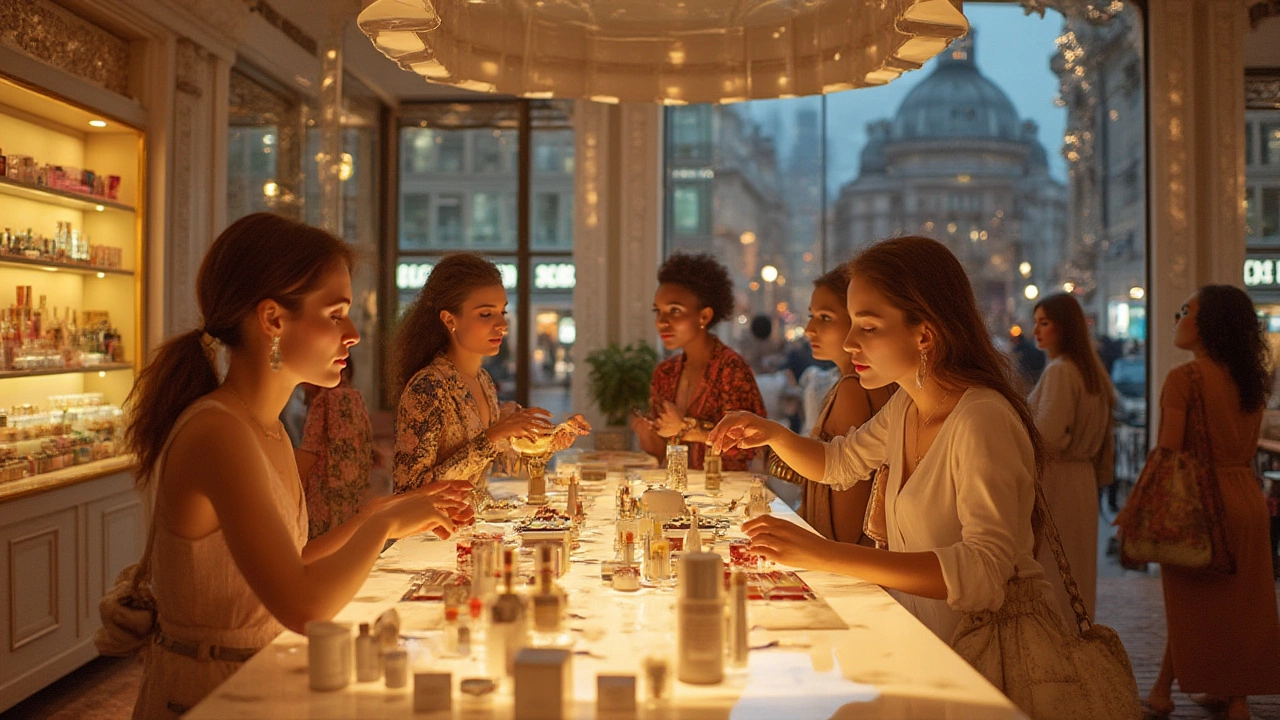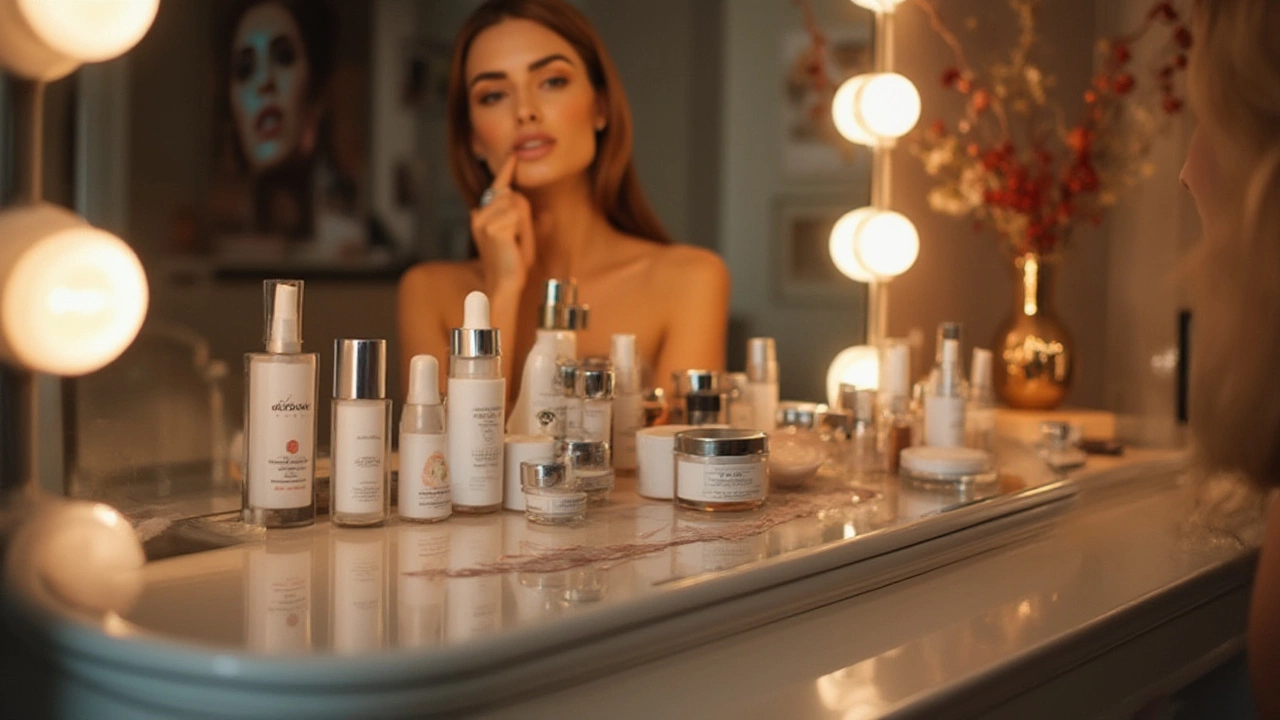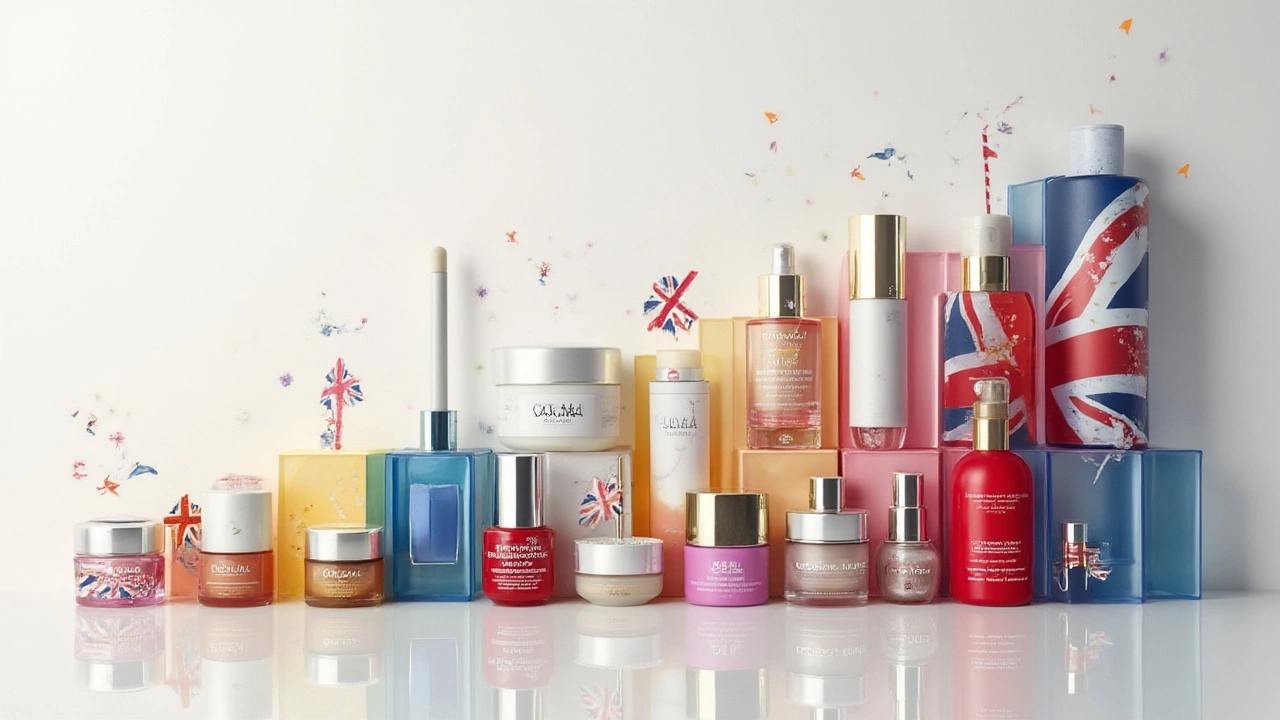
Think you know what the world’s richest companies are? Take a guess, and I bet you’re picturing tech titans or car makers. But here’s a shocker: in the world of skincare, the money floating around could make even Silicon Valley blush. People pour fortunes into creams, serums, and masks, chasing the promise of smoother, brighter, younger skin. Some brands have become household names, but only a handful command the top spots for global earnings. There’s real drama in the power struggle for the world’s most profitable skincare throne. So, what’s their secret—and who leads the pack?
The Money Makers: Skincare’s Billion-Dollar Titans
Let’s not kid ourselves—skincare is massive business. Some brands have turned their product lineups into money-printing machines. Topping that list is L’Oréal, the French powerhouse with a staggering annual skincare revenue. In 2024, L’Oréal Group reported over $12 billion USD in skincare alone, making it the undisputed leader. The company’s sprawling portfolio is like a champion’s stable, packed with brands such as La Roche-Posay, Vichy, CeraVe, SkinCeuticals, and, of course, L’Oréal Paris. The secret sauce? L’Oréal nails every price point, from pharmacy favorites to luxury indulgence. They’re everywhere—department stores, drugstores, but also popping up in your social media feed with slick influencer campaigns.
Following L’Oréal’s lead, Estée Lauder Companies isn’t exactly licking its wounds. With global heavy-hitters like Clinique, Estée Lauder, and La Mer under its belt, they’ve established a reputation for quality and innovation. Their prestige skincare arm pulled in around $9 billion USD last year. What’s special about Estée Lauder? They’re masters at turning routine skin care into experiences—think beauty counters with high-tech diagnostics and limited-edition, science-backed products that feel exclusive.
Asia isn’t left out of the party either. Shiseido, a name synonymous with Japanese beauty traditions, consistently breaks the $4 billion USD mark in global skincare sales. Then there’s South Korea’s Amorepacific, the engine behind cult favorites like Laneige and Sulwhasoo, thriving on K-beauty’s global wave.
Here’s a quick look at the skincare cash leaders in 2024:
| Brand/Group | Skincare Revenue (USD) |
|---|---|
| L’Oréal Group | $12.2 billion |
| Estée Lauder Companies | $9 billion |
| Shiseido | $4.1 billion |
| Amorepacific | $3.2 billion |
| Unilever (Dove, Pond’s) | $2.9 billion |
If you’re curious about why these companies rake in the big bucks, it comes down to scale, research budgets, brilliant marketing, and aggressive global expansion. They innovate fast—CeraVe, for example, went from cult favorite to worldwide must-have almost overnight, thanks to social media and clinical credibility.
What Fuels the Richest Brands? Innovation, Trends & Trust
The money isn’t just a fluke. Skincare brands keep cash flowing by constantly evolving. Ever noticed how every year there’s a new must-have ingredient? Remember when everyone obsessed over hyaluronic acid? Or how niacinamide suddenly popped up in everything? That’s not random. The brands driving the most revenue have entire labs figuring out how to tap into shifting skincare trends. L’Oréal, for example, spends over $1 billion yearly on research and development. That’s an army of scientists dreaming up tomorrow’s skincare craze.
Consumer trust is huge, too. When a brand’s been in the game for decades—sometimes over a century—they become a fallback for people during skin emergencies. Estée Lauder’s Advanced Night Repair or La Roche-Posay’s Cicaplast Balm are safe bets, beloved for their reliability as much as their results. This trust means people aren’t just buying once; they come back again and again, turning loyal fans into long-term profit.
Marketing plays a sly role as well. The most profitable skincare brands disrupt your feed with posts showing flawless faces and glow-up stories. They partner with influencers who swatch, layer, and review every formula, making you believe their products are the secret to glass skin. After a TikTok went viral about CeraVe’s hydrating cleanser, the brand reportedly saw a 30% sales spike in under two months. No fancy ad could match that kind of authentic buzz.
Sustainability is a growing factor. Skincare brands with a conscience—think recyclable packaging or cruelty-free labels—bring in eco-conscious customers willing to spend more. It’s no coincidence L’Oréal touts their environmental initiatives in every financial report these days.

Region Matters: How Where You Live Shapes Skincare Millions
Dollars don’t break down evenly across the globe. The US, China, Japan, and Western Europe lead the way in skincare spending. American buyers chase high-performance ingredients and celebrity-endorsed brands. Chinese consumers, on the other hand, are obsessed with luxury, exclusive collaborations, and whitening (or “brightening”) products. Japan and Korea focus on routine—if there are ten steps, they’ll gladly follow each one, driving multi-product purchases for companies.
This helps explain why French and Japanese brands command such loyal followings. If you walk through a shopping district in Paris or Tokyo, beauty counters aren’t just stores—they’re almost shrines. Shoppers get free skin scans, personalized advice, and sample everything on the counter. That one-on-one engagement means people are willing to splurge on that jar of cream—their skin depends on it.
Surprisingly, New Zealand and Australia are among the fastest-growing skincare markets in percentage terms. People here, inspired by global trends but fiercely proud of local ingredients like manuka honey and kawakawa, support both mega-brands and boutique startups. International companies have noticed, ramping up targeted ad campaigns and launching “Australia/NZ exclusive” ranges to hook down under shoppers with a bit of FOMO.
Rising Challengers: Indie Brands and Disruptors
The big players aren’t resting easy. Smaller, nimble brands are shaking things up—sometimes growing almost faster than they can ship stock. The Ordinary and Paula’s Choice are poster children for this rise. With their clinical, no-nonsense packaging and focus on ingredients over luxury, these brands have wormed their way into the everyday routines of Gen Z and Millennial buyers.
Social media democratizes the game. Drunk Elephant went from niche blog favorite to $800 million acquisition in five years, thanks to online reviews and before-and-after skin posts. Glow Recipe broke into Sephora stores with their watermelon-themed everything and barely kept items on shelves; repeat sellouts became their signature. That kind of instant buzz gives smaller brands the leverage to take on giants—sometimes poaching loyal fans from household names.
Still, there’s one thing the newcomers envy from the giants: global distribution. The best-selling skincare products in the world don’t just win on clever branding or cool formulas—they’re available wherever you shop, from major retailers to corner stores. The smaller brands are starting to catch up, but if you want consistency and reliability, L’Oréal’s army of brands still leads the way to your bathroom cabinet.

Tips to Spot a Brand That’s Going to Be Huge
Ever wondered if you’re using tomorrow’s best seller before everyone else? There are some telltale signs. Watch where the buzz is hottest—if a product keeps popping up on TikTok and Instagram with rave reviews, you might have caught an early wave. Check the ingredient list. Trendy, hard-to-pronounce superstars like bakuchiol or tranexamic acid usually show brands tracking industry trends and scientific research closely.
Growth often follows where experts and celebrities lend their names. When dermatologists pop up in ads, real science backs the claims, and it’s not just fluff. If your favorite actress mentions a product in Vogue or an interview, you’ll soon find it sold out. Pay attention to packaging, too. Beautiful, eco-friendly designs signal rising interest in sustainability, which moves units—especially among younger shoppers.
If you see brands collaborating with other big names—like L’Oréal teaming up with luxury designers or K-beauty brands launching pop-up shops in major cities—that’s a signal of ambition and reach. Finally, don’t underestimate products with proven clinical trials and published results. If a brand brags about peer-reviewed results, they’re typically aiming higher than a one-season wonder.
So next time you’re scanning the beauty aisle or scrolling through another influencer’s “holy grail” routine, remember: a lot goes on behind the scenes to crown a skincare brand as the world’s top earner. Big budgets, sharper science, and the ability to shape culture mean brands like L’Oréal stay kings of the castle—for now.